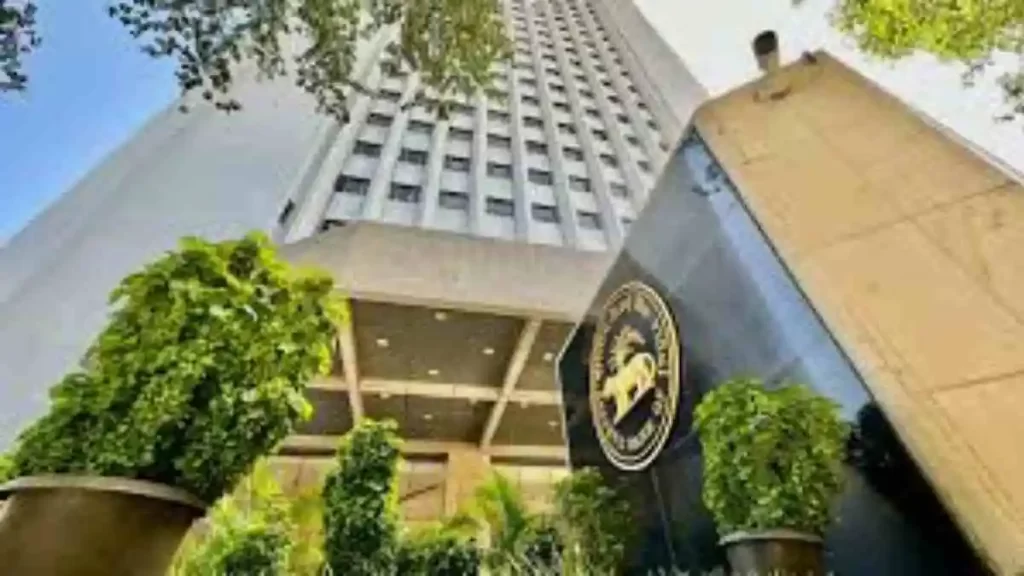The Reserve Bank of India (RBI) cut its key repo rate for the first time in nearly five years on Friday. This move signals a shift towards a less restrictive policy as the RBI aims to stimulate the sluggish economy.
The Monetary Policy Committee (MPC), which includes three RBI members and three external members, reduced the repo rate (INREPO=ECI) by 25 basis points to 6.25%. This decision comes after the rate was held steady for eleven consecutive policy meetings.
This decision aligns with a Reuters poll, where over 70% of economists predicted a quarter-point reduction. It also marks the first reduction in India’s key rate since May 2020.
All six MPC members voted to cut the rate and maintain a “neutral” monetary policy stance.
RBI Governor Sanjay Malhotra stated that while growth is expected to recover, it remains significantly lower than last year. He noted that inflation dynamics have created room for rate easing.
“The MPC while continuing with the neutral stance felt that a less restrictive monetary policy is appropriate at this current juncture,” Malhotra said.
Following the announcement, India’s benchmark 10-year bond yield rose five basis points to 6.70%. The rupee and benchmark equity indexes also weakened slightly.
Radhika Rao, a senior economist at DBS Bank in Singapore, commented, “The MPC refrained from an outright dovish signal by maintaining a ‘neutral’ stance.”
On Thursday, Wall Street’s main indexes ended mixed as investors analyzed a series of earnings reports and assessed major tech companies’ cloud growth and AI investments.
Most economists surveyed by Reuters before the policy meeting anticipated Friday’s cut. They forecast only one more reduction of 25 basis points in April, which would lower the policy rate to 6%.
India’s government projected annual growth of 6.4% for the year ending in March. This figure is below the lower end of its initial projection, affected by a weaker manufacturing sector and slower corporate investments. If achieved, this would mark the slowest pace of expansion in four years.
Growth is expected to fall within a 6.3%-6.8% range in the next fiscal year as well.
The central bank forecasted growth of 6.7% for the next year.
Malhotra highlighted that improving employment conditions, recent tax cuts, moderating inflation, and strong agricultural output following a good monsoon will support growth.
Retail inflation remains above the RBI’s medium-term target of 4%. However, it eased to a four-month low of 5.22% in December and is expected to gradually decline toward the target in the coming months. The central bank predicts inflation will average 4.8% in the current financial year and drop to 4.2% next year.
Malhotra noted that food inflation pressures are likely to ease. However, he cautioned that volatile energy prices pose a risk to the inflation outlook.
He also stated that while core inflation is expected to rise, it will remain moderate.
MANAGING TRADE-OFFS
In his first policy announcement, Malhotra, a former top official in the federal ministry of finance, outlined the central bank’s priorities. He suggested a shift from the tight banking regulations implemented by his predecessor, Shaktikanta Das.
“There are trade-offs between stability and efficiency,” Malhotra said, referring to draft rules that propose raising capital requirements for bank lending to under-construction infrastructure projects and increasing liquidity requirements against digital deposits.
He emphasized, “We will keep this trade-off in mind while formulating regulations. It will be our attempt to strike the right balance, keeping in view the benefits and costs of each and every regulation.”
The Indian government had previously stated that tight banking regulations contributed to part of the economic slowdown. Officials had also privately advised against the new rules, according to a Reuters report from last year.
Since Malhotra took over, the rupee has weakened, and volatility has increased. This has led markets to speculate that the central bank is easing its control over the currency.
Under Das, rupee volatility had decreased to multi-decade lows due to significant central bank interventions to keep the rupee within a narrow band.
Malhotra maintained the central bank’s long-standing position on interventions. He stated that these interventions aim to smooth out “excessive and disruptive volatility rather than targeting any specific exchange rate level or bank.”
He added, “The exchange rate of the Indian rupee is determined by market forces.”
After the policy announcement, the rupee fell slightly, trading at 87.47, close to its record low of 87.58.
Click here for more Banking news.


